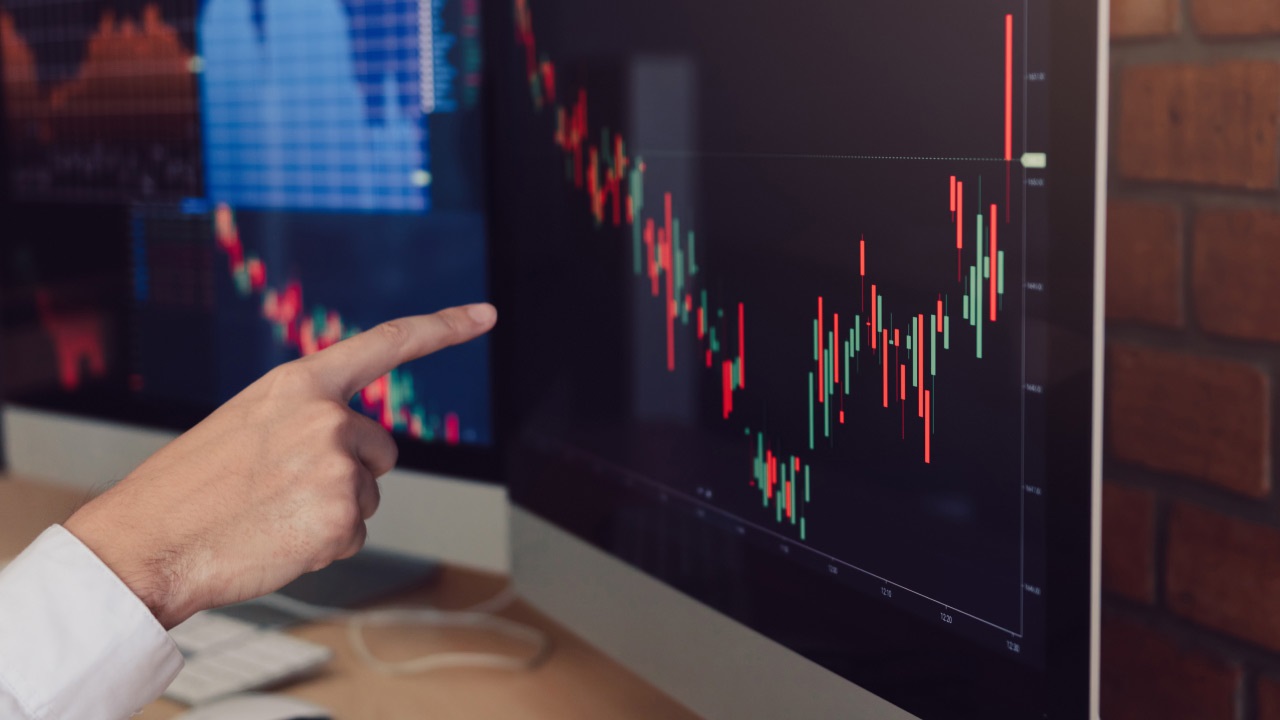Forex trading is an exciting and potentially profitable endeavor that attracts many aspiring traders. Before diving into live trading, it is common for beginners to practice using a demo account. Demo accounts allow traders to experience the forex market in a risk-free environment, as they use virtual money instead of real funds.
While demo trading is essential for learning the ropes and gaining confidence, there comes a time when traders should transition to live trading. This article will discuss the indicators and considerations to determine when it is appropriate to make this important move.
Achieving Consistency and Profitability
One crucial factor to consider before transitioning to live forex trading is consistency and profitability in demo trading. Consistency refers to the ability to generate steady profits over an extended period, rather than sporadic or inconsistent gains. This indicates that a trader has mastered their trading strategy and understands how to adapt it to different market conditions.
Profitability, on the other hand, evaluates whether the trader’s overall performance is positive or negative. It is important to remember that occasional losses are inevitable in forex trading. However, a consistently negative performance suggests that the trader may not be ready to move to live trading.
Maintaining Emotional Discipline
Emotional discipline plays a significant role in successful trading. In the fast-paced forex market, emotions such as fear, greed, or impatience can easily cloud judgment and lead to poor decision-making. Traders must be able to maintain composure and adhere to their predetermined trading plan, regardless of market fluctuations.
Demo trading provides an opportunity to practice emotional discipline without risking real money. If a trader finds it challenging to control emotions during demo trading, it is advisable to continue practicing until this aspect becomes more manageable. Moving to live trading before achieving emotional discipline can result in costly mistakes.
Financial Preparedness
Moving from demo to live forex trading requires financial preparation. Unlike demo trading, where virtual funds are used, live trading involves real money. Traders need to have capital they can afford to lose without compromising their financial stability.
It is essential to assess personal finances and set aside a specific amount for forex trading. This amount should be considered as an investment and not affect daily expenses or other financial obligations. Adequate financial preparation ensures that traders have a safety net in case of losses during the initial stages of live trading.
Confidence and Risk Management
Confidence is crucial when transitioning from demo to live forex trading. Confidence comes from thorough understanding and successful application of trading strategies. Traders should feel comfortable with their chosen methods and have faith in their ability to adapt to market conditions.
Additionally, a solid risk management plan is vital. Traders must determine their acceptable risk levels before engaging in live trading. This includes setting stop-loss orders and position sizing to protect against substantial losses. A comprehensive risk management strategy gives traders confidence in their ability to preserve their capital and navigate the unpredictable nature of the forex market.
In conclusion, the decision to move from demo to live forex trading should not be taken lightly. Consistency and profitability in demo trading, emotional discipline, financial preparedness, confidence, and risk management are key indicators to consider. By carefully evaluating these factors, traders can ensure they are ready to transition and maximize their chances of success in the live forex market.


